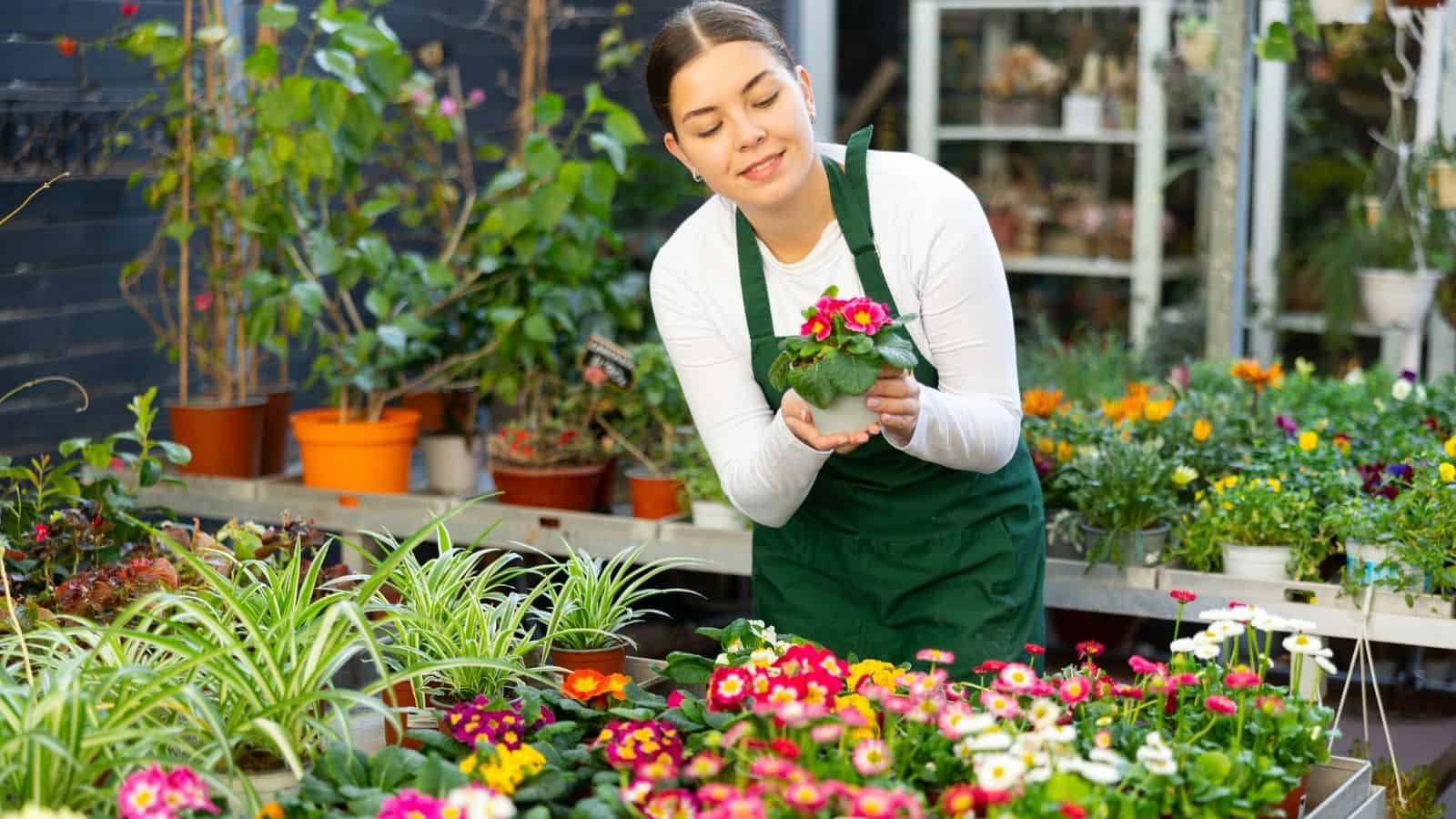Building a sustainable garden with native plants is a great way to support local ecosystems, conserve resources, and create a beautiful, low-maintenance landscape. Native plants are well-adapted to local conditions and require less water, fertilizer, and pesticides. Here’s how to build a sustainable garden with native plants.

Understand Your Local Ecosystem
The first step in creating a sustainable garden with native plants is to understand your local ecosystem. Research the native plants of your region, including their growing conditions, seasonal behaviors, and ecological roles. Local extension services, native plant societies, and botanical gardens can be valuable resources for this information.
Choose the Right Plants
Selecting the right native plants for your garden is crucial for ensuring their success and sustainability. Choose a variety of plants that provide year-round interest and support local wildlife.
Plant Selection Tips:
- Diversity: Incorporate a mix of trees, shrubs, perennials, and ground covers to create a diverse and resilient garden.
- Pollinators: Choose plants that attract pollinators like bees, butterflies, and birds. Examples include milkweed, coneflowers, and native grasses.
- Soil and Light: Match plants to your garden’s soil type, light conditions, and moisture levels to ensure they thrive with minimal intervention.
Prepare the Soil
Healthy soil is the foundation of a sustainable garden. Preparing your soil properly will help your native plants establish strong root systems and thrive.
Soil Preparation Tips:
- Test Soil: Conduct a soil test to determine its pH and nutrient levels. Amend the soil as needed to create optimal growing conditions.
- Organic Matter: Add compost or other organic matter to improve soil structure, fertility, and water retention.
- Mulching: Apply a layer of organic mulch to conserve moisture, suppress weeds, and enrich the soil as it decomposes.
Plant and Maintain
Proper planting and maintenance practices are essential for the success of your sustainable garden.
Planting Tips:
- Spacing: Plant native species at the appropriate spacing to allow for mature growth and air circulation.
- Watering: Water newly planted natives regularly until they establish strong roots. Once established, they will require less water.
- Maintenance: Native plants generally require less maintenance, but regular weeding, pruning, and monitoring for pests and diseases are still important.
Encourage Wildlife
A sustainable garden with native plants provides habitat and food for local wildlife. Creating a welcoming environment for birds, insects, and other animals can enhance the ecological benefits of your garden.
Wildlife Tips:
- Habitat: Provide shelter with native shrubs, trees, and ground covers.
- Water Sources: Include a birdbath, small pond, or other water sources to attract wildlife.
- Avoid Chemicals: Minimize the use of pesticides and fertilizers to protect beneficial insects and soil health.
By following these steps, you can build a sustainable garden with native plants that supports local ecosystems, conserves resources, and provides a beautiful, low-maintenance landscape. Embracing native plants in your garden is a rewarding way to contribute to environmental conservation and enjoy the beauty of your natural surroundings.
